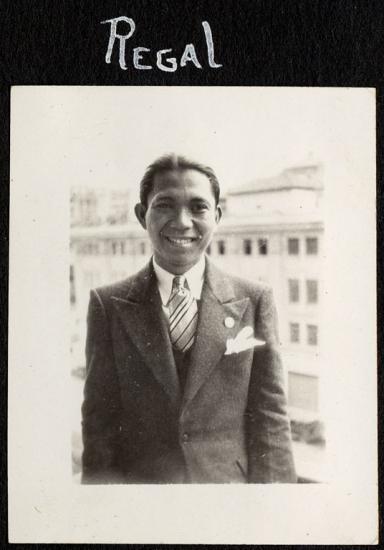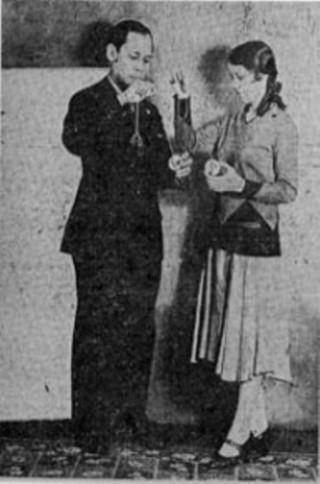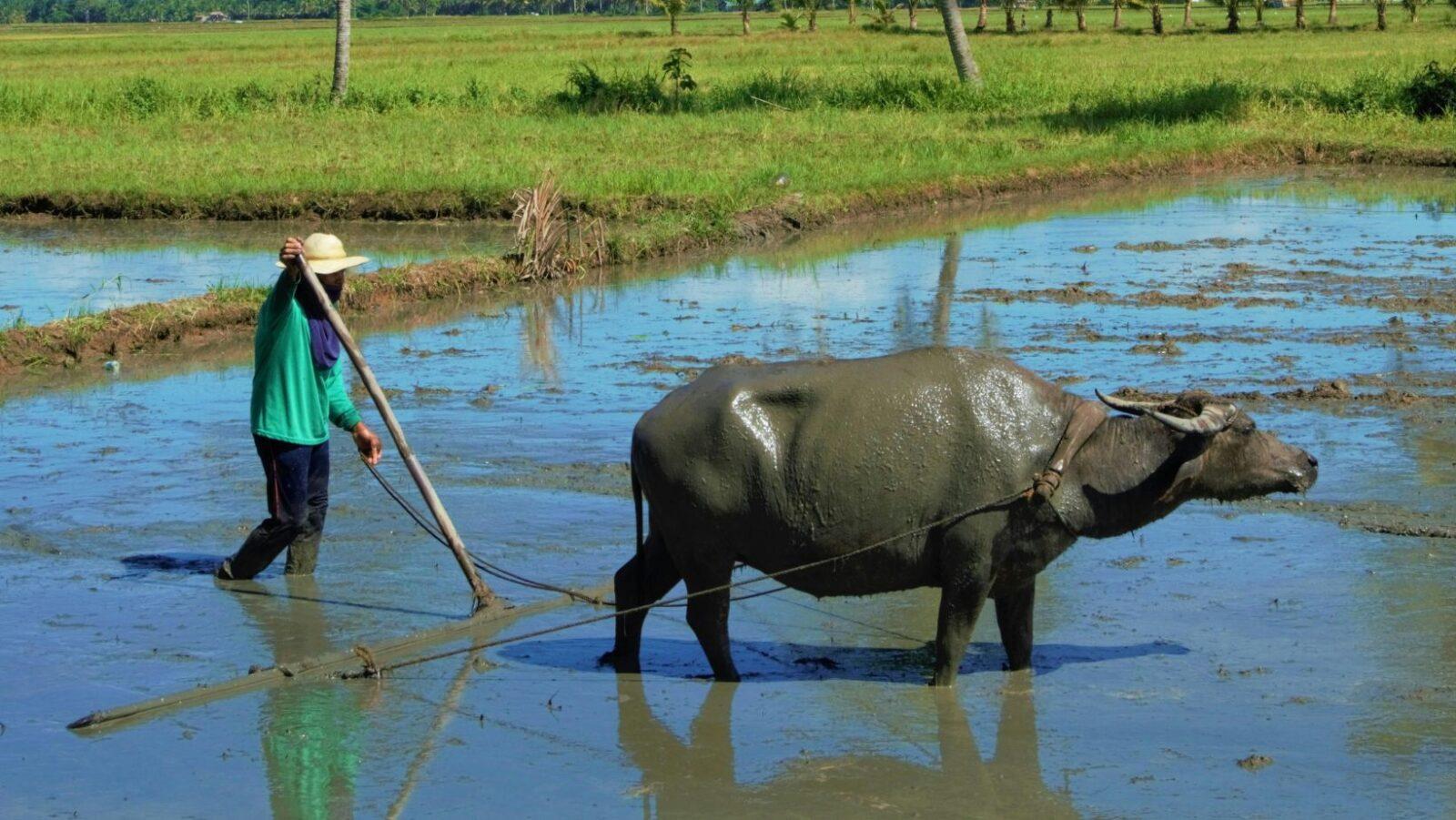While the yo-yo has been around for centuries, it was a Filipino named Pedro Flores who, through an innovative stringing method, transformed it into the iconic toy we know and love today.
(Updated on March 2, 2020) Strictly speaking, the answer to the question “Who invented the yo-yo?” is “Nobody knows.”
It’s impossible to determine the identity of the first person who thought of connecting two discs via a rod with thread spun around it. Like many of the things we enjoy today, the yo-yo as we know it is a product of years of innovation and development.
There was, however, one significant moment in the yo-yo’s history that propelled its popularity to new heights—and historians credit a Filipino for it.
An equally, well, tricky matter to address is the toy’s true country of origin. Thus, before we dive into the trick that made the yo-yo truly special, though, a short history lesson is in order.
Around the world
Some historians believe that the yo-yo first started spinning in China. Others say that the first yo-yos were wound in India.
It has been believed that ancient Filipino hunter-gatherers would climb trees, wait for wild animals to pass by, and throw rocks or jagged objects tied to 20-foot-long cords at them. This practice, which was supposedly around for 400 years, allowed them to pull back their weapons and throw them again and again until they successfully kill their targets. However, there is no concrete or reliable evidence to support these claims.
Historically, though, the earliest verifiable records of the toy came from ancient Greece, around 500 BCE. Made of wood, metal, or painted terra cotta discs, these ancient toys likely had religious value as well. It is believed that children offered terra cotta yo-yos to the gods upon reaching a certain age. Ancient vases painted with illustrations of youths with yo-yos (and an actual terra cotta artifact) are on display at the National Museum of Athens.
Upon reaching European shores in the early 1800s, the toys received new names. The British named them bandalore or quiz, while the French called them incroyable or l’emigrette. It took 60 years before Americans started picking them up and spinning them.
But what about the word “yo-yo” itself? In an article published in 2004, author and technologist Joe Kissell wrote:
Merriam-Webster’s Collegiate Dictionary states that it “probably” derives from the Ilocano word yóyo, while allowing that cognate words appear in other Philippine languages. Almost every other source I consulted (including Panati’s Extraordinary Origins of Everyday Things) said that “yo-yo” was a Tagalog word, supposedly meaning “come-come” or “return.”
Breakaway
By the early 1900s, the toy had already spread to different parts of the world. However, it only truly became a breakaway hit thanks to a bellboy in California with plenty of time on his hands.

Born in Vintar, Ilocos Norte, Pedro Flores immigrated to the United States to study law. Unexpectedly, his life took a different turn, and he ended up working as a bellboy. Meanwhile, he continued to nurture his fascination with yo-yos.
At the time, the predominant yo-yo design featured the string tied and knotted around the axle. While this allowed the discs to go back-and-forth, it severely limited the kind of tricks one could do with the toy.
Flores, however, decided to come up with a different idea. Instead of simply tying the axle to the end of a string, he doubled the length of the string and looped it around the axle. This design, called the looped slip-string, allowed the yo-yo to spin with greater stability and suspension of movement. This, in turn, enabled the player to perform a wide range of tricks that previously weren’t possible.
Flores decided to capitalize on his idea, and established the Yo-Yo Manufacturing Company in Santa Barbara in 1928. He became the first person to mass-produce them, registering “Flores Yo-Yo” as a trademark two years later.
Promoting the Flores Yo-Yo as “The Wonder Toy,” Flores launched a series of yo-yo spinning contests in various theaters across the country.

Forward pass
Eventually, an American entrepreneur named Donald Duncan bought the rights from Flores. In 1929, Duncan trademarked the name “Yo-Yo” and established the Donald Duncan Yo-yo Company.
Duncan worked tirelessly in marketing the product during the 1930s. He even had teams traveling across the country, selling the toys and demonstrating tricks.
Incidentally, Duncan’s yo-yos were a departure from Flores’. While Flores’ initial designs featured a single piece of wood, Duncan used plastic.
In 1962, Duncan’s yo-yo reportedly sold 45 million units. Despite this, Duncan still found it expensive to produce and market his yo-yos. Eventually, he sold the rights to the Flambeau Plastic Company, choosing to focus on producing parking meters instead.
The design of the yo-yo has since evolved. Nowadays, newer versions incorporate a wide variety of parts, such as ball bearings, rims, and silicon o-rings, to make even more tricks possible.
Shoot the moon
Fun fact: The yo-yo bears the distinction of being the first toy to be sent to outer space.
The stringed toy was launched into orbit via the Space Shuttle Discovery on April 12, 1985, alongside 10 other playthings. Crew members of the spacecraft used the yo-yo in a series of demonstrations and experiments on microgravity.
Ultimately, while a Filipino technically didn’t invent the yo-yo, he did revolutionize it—all because he was loopy enough to think that a weird business tied to a length of string would be a breakaway hit.
(Oh, and by the way: Click on each article subheading to watch some cool tricks!)
Cover photo: Evan-Amos (yo-yo); Wikimedia Commons (flag)
References
- http://theharlow.net/cut-the-ribbon-pedro-flores/
- http://www.museumofplay.org/blog/play-stuff/2017/05/out-of-this-world-a-brief-history-of-the-yo-yo
- http://www.yoyomuseum.com/museum_view.php?action=profiles&subaction=yoyo
- https://itotd.com/articles/367/the-yo-yo-classic/
- https://web.archive.org/web/20080120172822/http://www.nationalyoyo.org/museum/pedroflores.htm
- https://www.merriam-webster.com/dictionary/bandalore
- https://www.nasa.gov/audience/foreducators/microgravity/home/toys-in-space.html
- https://www.thoughtco.com/pedro-flores-inventor-1991879
- https://www.thoughtco.com/the-history-of-the-yoyo-1992695
- “Lucky’s Guide to YoYo collecting” by Lucky Meisenheimer, MD
Author: Mikael Angelo Francisco
Bitten by the science writing bug, Mikael has years of writing and editorial experience under his belt. As the editor-in-chief of FlipScience, Mikael has sworn to help make science more fun and interesting for geeky readers and casual audiences alike.







